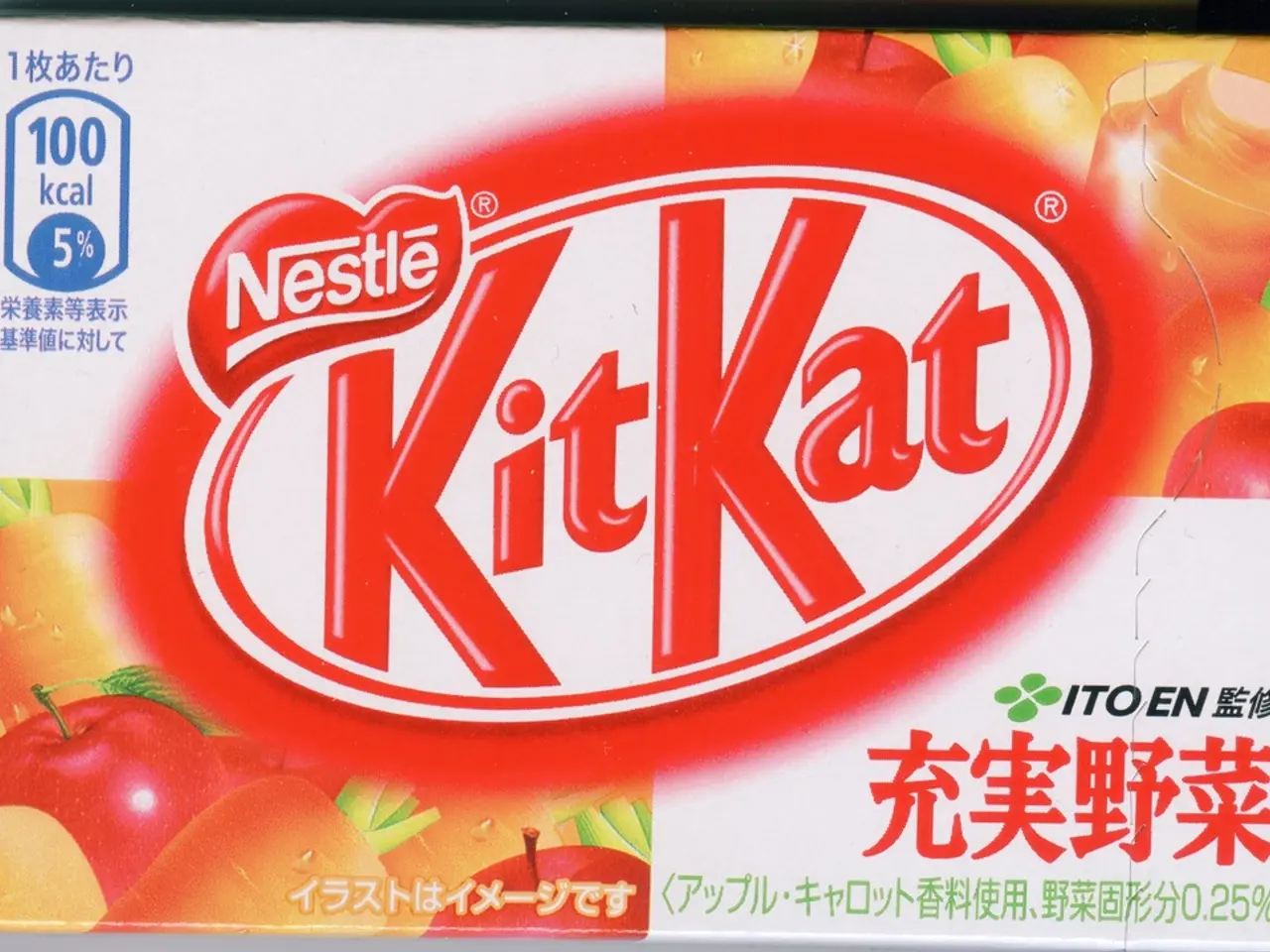Low-Glycemic Diet Choices: Top Food Picks and Nutrition Guidelines
In the realm of nutrition, understanding the glycemic index (GI) can help individuals make informed choices about their diet. The glycemic index is a scale from 1 to 100, with lower scores indicating slower increases in blood sugar levels. This means that low-GI foods, such as carrots, lentils, most fruits, and non-dairy types of milk like full-fat soy milk and oat milk, can be incorporated into a regular diet.
A 2021 review suggests that the compounds in sweet potatoes may offer anti-inflammatory and antioxidant properties and help protect against cancer and high blood sugar. Sweet potatoes, with a GI score of 44 when boiled, are a low-GI food and can be a healthful addition to any meal.
Chickpeas, or garbanzo beans, have a GI score of 28, making them a good source of protein and dietary fiber. Hummus, a popular Middle Eastern dip, can be made from scratch and is a tasty way to eat more chickpeas. A simple veggie chili recipe can be made with kidney beans as an ingredient. Boiled kidney beans have a GI score of 23 and are a versatile low-GI food, rich in protein, fiber, potassium, and low in fat.
When following a low-GI diet, people may choose to limit or eat high-GI foods in moderation. High-GI foods have a GI value of 70 or above, and examples include white bread, potatoes, watermelon, and cornflakes.
The University of Sydney maintains a comprehensive database of glycemic index (GI) tested foods, which categorizes foods based on their GI scores. Low-GI foods have a GI value of 55 or less, and examples typically include lentils, chickpeas, apples, oranges, and milk. Medium-GI foods have a GI value between 56 and 69, and examples include brown rice, whole wheat bread, and sweet corn.
It is essential to note that research into the health benefits of a low-GI diet is ongoing, and people should speak with a healthcare professional to find out if it may be suitable for them. For precise values or to explore specific foods, the University of Sydney's GI database is the authoritative source since it includes direct references to studies used to calculate those values. The University of Sydney also provides a GI search tool for determining a food's GI score.
In conclusion, incorporating low-GI foods into your diet can contribute to better blood sugar management and reduced blood pressure. By choosing foods with lower GI values, you can enjoy a variety of nutritious options, such as lentils, chickpeas, sweet potatoes, and fruits like apples and strawberries, while still enjoying favourites like hummus and veggie chili.
- The compounds in sweet potatoes, with a GI score of 44 when boiled, offer anti-inflammatory and antioxidant properties, potentially protecting against cancer and high blood sugar.
- Chickpeas, with a GI score of 28, are not only a good source of protein but also a rich supplier of dietary fiber.
- Hummus, made from chickpeas, can be a tasty and healthful addition to any meal, serving as a simple way to increase one's chickpea intake.
- Boiled kidney beans, with a GI score of 23, are another versatile low-GI food, offering a balanced mix of protein, fiber, potassium, and low fat.
- When following a low-GI diet, people may be advised to limit or consume high-GI foods in moderation, as they have a GI value of 70 or above.
- White bread, potatoes, watermelon, and cornflakes are examples of high-GI foods that could potentially affect blood sugar levels if consumed excessively.
- The University of Sydney maintains a database of glycemic index (GI) tested foods, offering a convenient resource for individuals seeking a comprehensive list of low-GI foods.
- Low-GI foods, as classified by the University of Sydney, have a GI value of 55 or less and include lentils, chickpeas, apples, oranges, and milk.
- Medium-GI foods have a GI value between 56 and 69, and examples include brown rice, whole wheat bread, and sweet corn.
- Research into the health benefits of a low-GI diet continues, emphasizing the importance of consulting a healthcare professional to determine if it's suitable for one's specific medical conditions such as diabetes, colitis, ulcerative colitis, psoriasis, or chronic-kidney-disease.
- By understanding the glycemic index (GI), individuals can make informed decisions about their diet to help manage chronic diseases like diabetes and obesity.
- A low-GI diet can contribute to better overall health and wellness, as it may help reduce the risk of chronic-diseases like Alzheimer's, heart disease, and certain types of cancer.
- Proper nutrition, exercise, and a balanced lifestyle play essential roles in preventing and managing chronic diseases, with CBD possibly serving as a complementary treatment in some cases.
- Adhering to a low-GI diet does not mean giving up favorite foods like hummus and veggie chili, as it allows for a wide variety of nutritious choices like lentils, chickpeas, sweet potatoes, and fruits like apples and strawberries.
- For a more predictive analysis of a food's glycemic impact, understanding the food's glycemic load (GL) in addition to the GI score can provide a more comprehensive picture of its effects on blood sugar levels.




